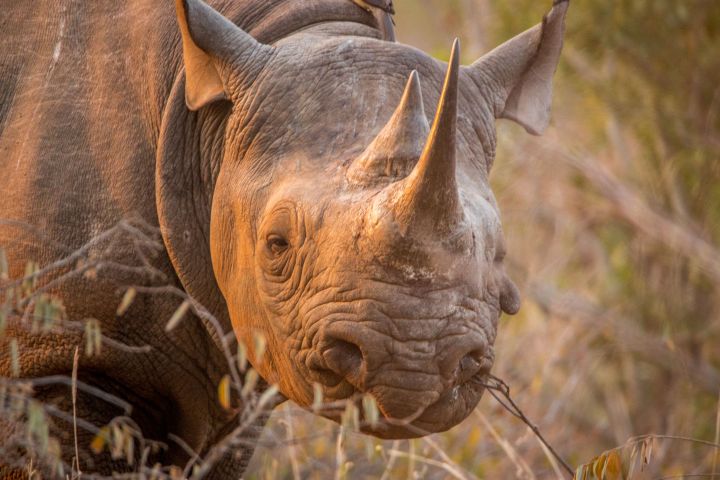
An innovative startup is hoping that is has another solution to offer, however: 3D printing.
Seattle-based biotech startup Pembient has spent the past several years working to develop artificial rhino horns it hopes will eventually be indistinguishable from the real thing. These synthetic horns are created with an engineering process involving keratin, the main protein found in rhino horns, combined with rhino DNA. This creates a special 3D printing ink that can be used to create authentic-looking horns.
The theory behind Pembient’s work: These can be pushed into the rhino horn supply chain (primarily in China), so that people won’t know whether they are buying real rhino horn or fake ones. Pembient hopes this will lower the value of wild rhino horn, and severely dent the profits that currently drive poachers to risk their lives killing rhinos.
At present, the company hasn’t created a finished product, although it has created numerous low fidelity replicas. As a result of this, the exact prices for the fabricated rhino horns hasn’t been made public — but it would certainly be cheaper than the real thing. Pembient isn’t stopping at rhinos, either. In addition, it has plans to create 3D printed versions of pangolin scales, elephant tusks, tiger bones, and presumably numerous other biofabricated versions of items that cause the real life poaching of endangered species.
While it remains to be seen whether over-supplying fake rhino horns and other items is really the best approach to counter poaching (personally, we’d like to see this in conjunction with other methods designed to counteract the threat). However, if it can help cut down on the unnecessary slaughter of animals in the wild, we’re all for it.
And, hey, from a biomedical perspective, we’re all for any innovative research that could lead to the 3D bioprinting of more lifelike bones.


